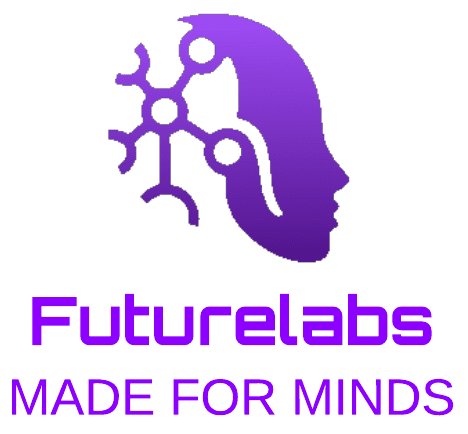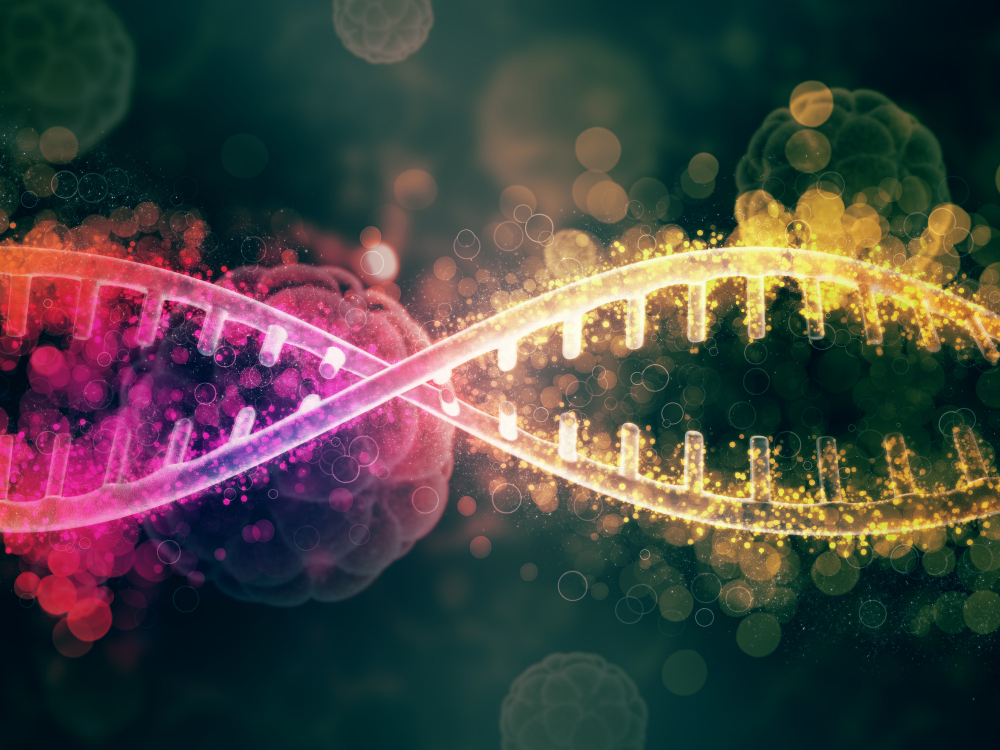A ‘startup’ created by former Meta researchers creates an alternative evolutionary pathway using the most powerful computing power ever used in biology, according to the company.
Scientists wonder if evolution could have followed a different path. For example, was it inevitable that humans emerged, or are we the product of a series of natural coincidences that might not have occurred, resulting in an alternative world? There is no definitive answer, but today, artificial intelligence (AI) can conduct evolutionary experiments. One such experiment, published this week in the journal Science, reveals that in the design of a type of protein, there were other possible paths that nature did not explore. This technology could offer valuable insights into creating new therapies and other applications.
In his 1989 book Wonderful Life, evolutionary biologist Stephen Jay Gould proposed a thought experiment: if the tape of terrestrial life evolution could rewind to the beginning and start over, would the result be the same as we know it, or something completely different? Gould argued for the latter: in a new game, using the video game analogy, evolution would have taken a very different course, and humans would not exist. “Play the tape a million times… and I doubt that something like Homo sapiens could evolve again,” he wrote.
Gould’s thesis has been widely debated since then, with some in favor of determinism and others supporting contingency. In his 1952 short story A Sound of Thunder, science fiction writer Ray Bradbury narrated how a time traveler stepping on a butterfly in the dinosaur era changed the course of the future. Gould expressed the same idea: “Change any early event, even in a very slight way and with seemingly no significance at the time, and evolution flows into a completely different channel.”
Speaking the language of proteins:
Scientists have explored this issue through experiments trying to recreate evolution in the lab or nature, or by comparing species that emerged under similar conditions. Today, there is a new avenue: AI. In New York, a group of former Meta researchers — the parent company of social media platforms like Facebook, Instagram, and WhatsApp — founded EvolutionaryScale, an AI startup focused on biology. The system ESM3 (EvolutionaryScale Model 3), created by this company, is a generative language model; the same kind of platform that powers the well-known ChatGPT, but ESM3 doesn’t generate text — it creates proteins, the fundamental building blocks of life.
ESM3 is fed data on the sequence, structure, and function of existing proteins to learn the biological language of these molecules and create new ones. Its creators trained it with 771 billion data packets created from 3.15 billion sequences, 236 million structures, and 539 million functional traits, totaling more than one trillion teraflops (a measure of computational performance), the greatest computing power ever used in biology, according to the company.
“ESM3 takes a step toward a future in biology, where AI is a tool to build from first principles, much like we build structures, machines, and microchips,” says Alexander Rives, co-founder and chief scientist of EvolutionaryScale and director of the new study. His vision is that biology is the most advanced technology ever created and that it is programmable, as it uses a common alphabet — the genetic code, which translates into amino acids, the building blocks of proteins. “ESM3 understands all these biological data, translates them, and speaks them fluently to use them as a generative tool.”
The protein that wasn’t:
Rives and his collaborators applied ESM3 to the problem of creating a new green fluorescent protein (GFP). GFP is a natural protein that glows green under ultraviolet light and is used in research as a marker. The first was discovered in a jellyfish, but there are other versions in corals or anemones. The scientists trained ESM3 to create a new GFP, and the result surprised them: a fluorescent protein, which they called esmGFP, that is only 58% similar to the closest existing one, which the researchers say simulates 500 million years of evolution. ESM3 is now available to the scientific community as a new tool for designing new proteins with therapeutic, environmental remediation, and other uses.
Thus, AI has found a new path that nature could have taken 500 million years ago, but for reasons unknown, it did not. Rives and his collaborators explain that only a few mutations in GFP can destroy fluorescence; however, ESM3 has discovered a new space of fluorescent proteins that could have been, but were not: “Beneath these sequences exists a fundamental language of protein biology that can be understood using language models.”
According to Jonathan Losos, a professor at the University of Washington who works on the question of rewinding evolution by studying species in nature, “this study is a brilliant example that there are many ways evolution could have proceeded.” Losos sees the results of the work as a confirmation of the contingency defended by Gould. This view is also shared by Zachary Blount, a professor at Michigan State University who demonstrated the contingency of evolution in a famous bacterial culture experiment started in 1988 by his former supervisor, Richard Lenski, and which continues even after more than 80,000 generations. “The study shows that there are viable biological possibilities that have not evolved (we think) on Earth, suggesting genuine paths that evolution could have taken, but didn’t, because the necessary history did not occur,” says Blount, warning that there is also some determinism in nature; in the ESM3 experiment, there is 42% similarity with other GFPs. Blount doesn’t believe AI will settle the question of rewinding evolution, but he does think it will help us understand what is contingent, what is not, and why: “It provides us with ways to probe the realm of biological possibilities, allowing us to compare what is biologically possible with what exists or has existed.”






0 Comments